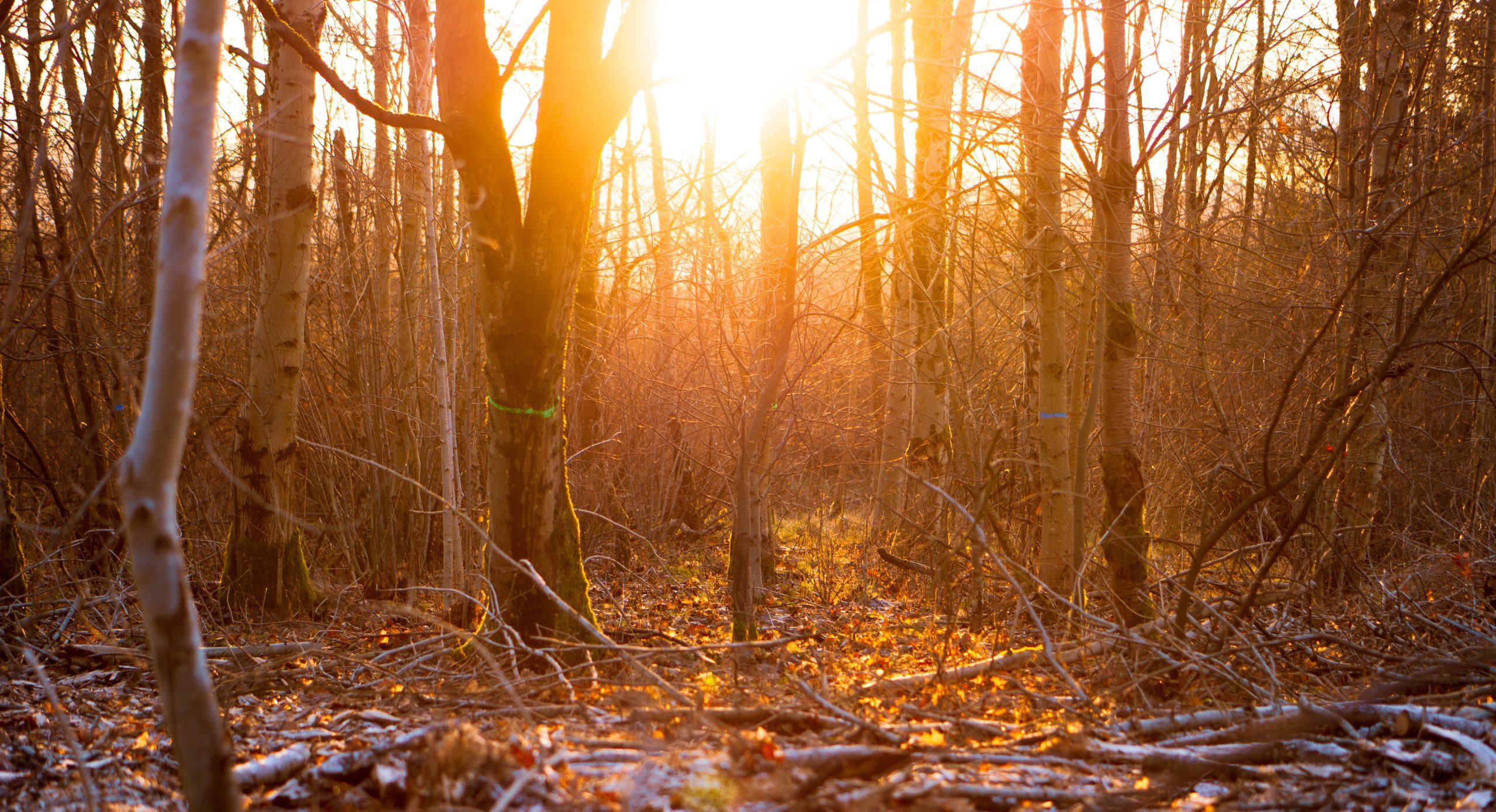Georgia Smith is a medical student at the University of Glasgow interested in health inequalities.
Katie Hawkins is a GP at the Edinburgh Access Practice.
Can nature prescriptions work for the most marginalised in society?
Nature prescriptions
Nature prescriptions are a concept that have evolved from the exercise and social prescribing movements and involve prescribing patients’ activities that encourage spending time in and engaging with nature. It is now widely accepted that exposure to nature improves physical and mental health1 and there is a growing body of evidence that nature prescriptions can harness this benefit as a health intervention.2
Nature prescriptions for marginalised populations
People experiencing homelessness are also more likely to be exposed to health damaging environments and less likely to have access to health promoting environments such as green space.
As a GP and medical student, based at an integrated multidisciplinary service which provides primary care, housing, and social work support to people experiencing homelessness we wanted to see whether our patients could also reap the benefits of nature prescriptions.*
People experiencing homelessness are at a significantly greater risk of morbidity and mortality than the general population.3 Mental health conditions make up a large proportion of the health burden they face3. ‘Boredom’ has been reported as a frequent problem experienced by people experiencing homelessness, which may exacerbate poor mental wellbeing and substance use while meaningful activity has been correlated with improved mental wellbeing.4 People experiencing homelessness are also more likely to be exposed to health damaging environments and less likely to have access to health promoting environments such as green space.5,6 Therefore, theoretically nature prescriptions which in their essence provide meaningful activity in a health promoting environment could be a powerful intervention for our patients.
There is a paucity of evidence for nature prescriptions in marginalised populations. A large review carried out by the social prescribing academy found there was a lack of representation of marginalised groups in many of the studies currently available.7 We only came across one study that specifically looked at a nature-based intervention for people experiencing homelessness. It looked at the effect of gardening, for homeless women and found that the intervention improved mental wellbeing namely by providing stress relief, enabling social inclusion, and promoting personal change.8
Although nature prescriptions are by no means an excuse to neglect the upstream causes of exclusion, namely poverty and adverse childhood experiences, they may help to mitigate health inequality.
Our experience
To trial nature prescriptions in our practice, a weekly nature walk was organised. It was open to staff and patients and was led by a guide of the local area who was able to take us for an hour walk into green space and teach us about the history and nature we came across.
Eleven patients were referred to the walk and four attended. Unfortunately, the walk had to be stopped prematurely as it had no attendees for two consecutive weeks.
We need to understand the complexity of barriers and facilitators for nature prescriptions in marginalised groups, not only for the patients but also at the level of prescribers, facilitators, and providers…
A small quality improvement project was carried out to investigate barriers and facilitators to engagement with a plan to re-launch the project the following year. The most common barrier was the nature walk not taking priority on the day in comparison to other significant events and responsibilities these patients had. Other barriers included lack of motivation, apprehension, and fear. Facilitators were having an outreach component of the walk or someone to ‘link a person in’ Motivators such as provision of hot food and drinks were also mentioned.
Despite the small number that attended, the walk received positive feedback and as seen in the study looking at gardening for homeless women, we saw examples of patients taking lessons they had learned and applying it to their personal narrative, promoting mental wellbeing.
Reflection
Even when vulnerable populations have access to green space, they are less likely to use it.9 We need to understand the complexity of barriers and facilitators for nature prescriptions in marginalised groups, not only for the patients but also at the level of prescribers, facilitators, and providers, who may have their own personal or system-based challenges in enabling a prescription. One such framework that may be useful in designing a successful intervention is the 6SQuID approach, guidance for maximising the effectiveness of an intervention. 6Squid is an approach used to design a successful intervention by splitting the process into six steps: (1) defining and understanding the problem and its causes; (2) identifying which causal or contextual factors are modifiable: which have the greatest scope for change and who would benefit most; (3) deciding on the mechanisms of change; (4) clarifying how these will be delivered; (5) testing and adapting the intervention; and (6) collecting sufficient evidence of effectiveness to proceed to a rigorous evaluation.10
Nature walks may benefit some of our patients. However, the relationship between nature and health in vulnerable populations is complex and this must be taken into account when designing nature-based interventions.
*Permission was obtained from the organisation to publish this article
References
- Lovell R, Depledge M. Health and the natural environment: A review of the evidence, policy, practice and opportunities for the future: Department for Environment, Food and Rural Affairs. 2018.Available from: https://ore.exeter.ac.uk/repository/bitstream/handle/10871/36923/Health%20and%20the%20Natural%20Environment_Full%20Report.pdf?sequence=1&isAllowed=y [Accessed 17 Dec 2022]
- Firby H, Raine R. Engaging with nature and the outdoors: A scoping review of therapeutic applications in contemporary occupational therapy. British Journal of Occupational Therapy. 2022.
- Fazel S, Geddes JR, Kushel M. The health of homeless people in high-income countries: Descriptive Epidemiology, Health Consequences, and clinical and policy recommendations. The Lancet. 2014;384(9953):1529–40.
- Marshall CA, Davidson L, Li A, Gewurtz R, Roy L, Barbic S, et al. Boredom and meaningful activity in adults experiencing homelessness: A mixed-methods study. Canadian Journal of Occupational Therapy. 2019. Available from: https://journals.sagepub.com/doi/abs/10.1177/0008417419833402 [Accessed 17 Dec 2022]
- den BM van, Bird W. Vulnerable populations, health inequalities and nature. In: Oxford Textbook of Nature and Public Health: The role of nature in improving the health of a population. Oxford, United Kingdom: Oxford University Press; 2018.
- World Health Organzation (WHO) Commission on the Social Determinants of Health.Closing the gap in a generation: health equity through action on the social determinants of health. Final report of the CSDH. Geneva, Switzerland: WHO. 2008.
- The National Academy for Social Prescribing.National Academy for Social Prescribing Briefing Natural Environment, Available at: https://socialprescribingacademy.org.uk/media/dmzbrff1/nasp-briefing-natural-environment.pdf [Accessed 25 Sep 2023]
- Grabbe L, Ball J, Goldstein A. Gardening for the mental well-being of homeless women. Journal of Holistic Nursing. 2013;31(4):258–66.
- NHS Health Scotland. Place and Communities. Inequality Briefing 4. 2016 Available at: https://www.healthscotland.scot/media/1088/27414-place-and-communties-06-16.pdf [Accessed 17 Dec 2022]
- Wight, D. et al. (2015) ‘Six steps in Quality Intervention Development (6SQuID)’, Journal of Epidemiology and Community Health, 70(5), pp. 520–525. doi:10.1136/jech-2015-205952.
Featured photo by Eilis Garvey on Unsplash








